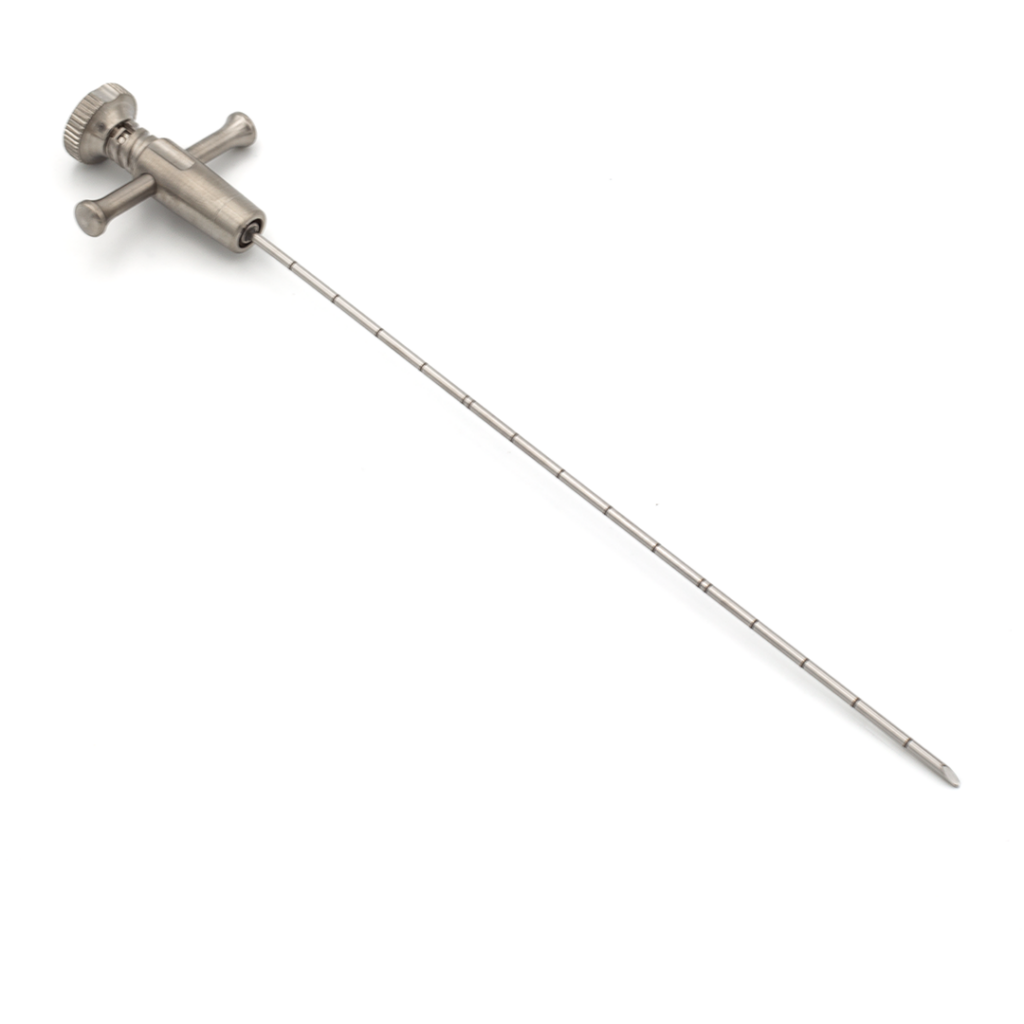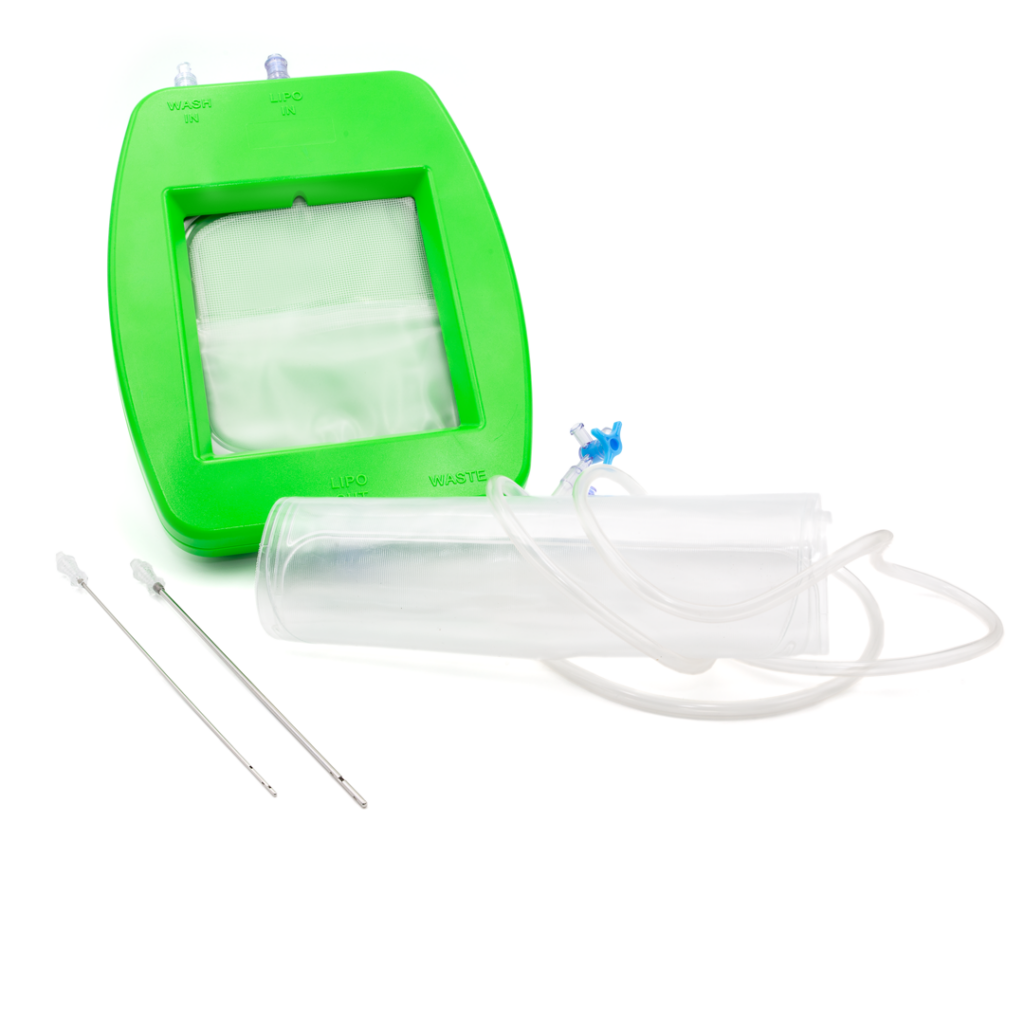
DISKOM™
Percutaneous discectomy probe
- Minimally invasive percutaneous access;
- No thermal damage to nerve roots and surrounding tissues;
- Disc annulus integrity preservation;
- Rapid patient rehabilitation & fast discharge;
- Procedure time: 10-15 minutes;
- No capital investment & no extra equipment;
- Only local anaesthesia is necessary;
- Potentially up to 2 cc of disc material collected;
- Thoracolumbar & cervical spine availability;
- Single-use device;
- Possibility of performing a biopsic procedure.
A hernia is a common disorder that occurs when the intervertebral discs nucleus pulposus becomes dislodged from its natural position inside the annulus fibrosus. Most annulus fibrosus lesions are the result of repeated microtraumas or a major trauma that degenerates to allow the nucleus pulposus to bulge and compress a nerve or its surrounding tissues, causing pain in the back and the legs. When conservative treatment fails and symptoms persist or worsen, surgical treatment is considered.
Using DISKOM™, spine specialists can reduce pressure on the nerve root by removing the disc nucleus with a percutaneous procedure, which is minimally invasive.
DISKOM™ is made up of two elements: an access needle with both distal and side openings, and a titanium cochlear tip for the mechanical removal of the nucleus pulposus. The great advantage of this device is that the cochlea is tightly connected, so it is almost impossible for it to detach: this is an advantage that is surely a unique feature of this system.
It is a mechanical removal procedure. It does not make use of either radiofrequency or laser. The wide side opening enables the removal of potentially up to 2cc of disc material. The basic principle uses an Archimedes’ screw or cochlea. The Archimedes’ screw works best with fluid or granular material.
SURGICAL TECHNIQUE
- Under fluoroscopy, introduce the access needle with its stylet into the disc.
- Remove the stylet and introduce the probe into the cannula.
- Lock the probe to the access needle through the Luer-lock connection.
- Switch the probe on.
- Carry out a continuum movement in an anteroposterior direction for 2/3 minutes and simultaneously proceed with a rotary movement.
- Disc material is then removed and collected along the probe stylet or into the collection chamber.
- After switching off, remove the device.
| PROCEDURE | SIZES | LENGTH | CODES |
| Cervical | 19G | 8 cm | DKR1908CDFL10 |
| Thoracic / Lumbar | 17G | 16 cm | DKR1716CDFL10 |










